Advertisement
Touring The Architectural Giants Of Downtown Chicago
Resume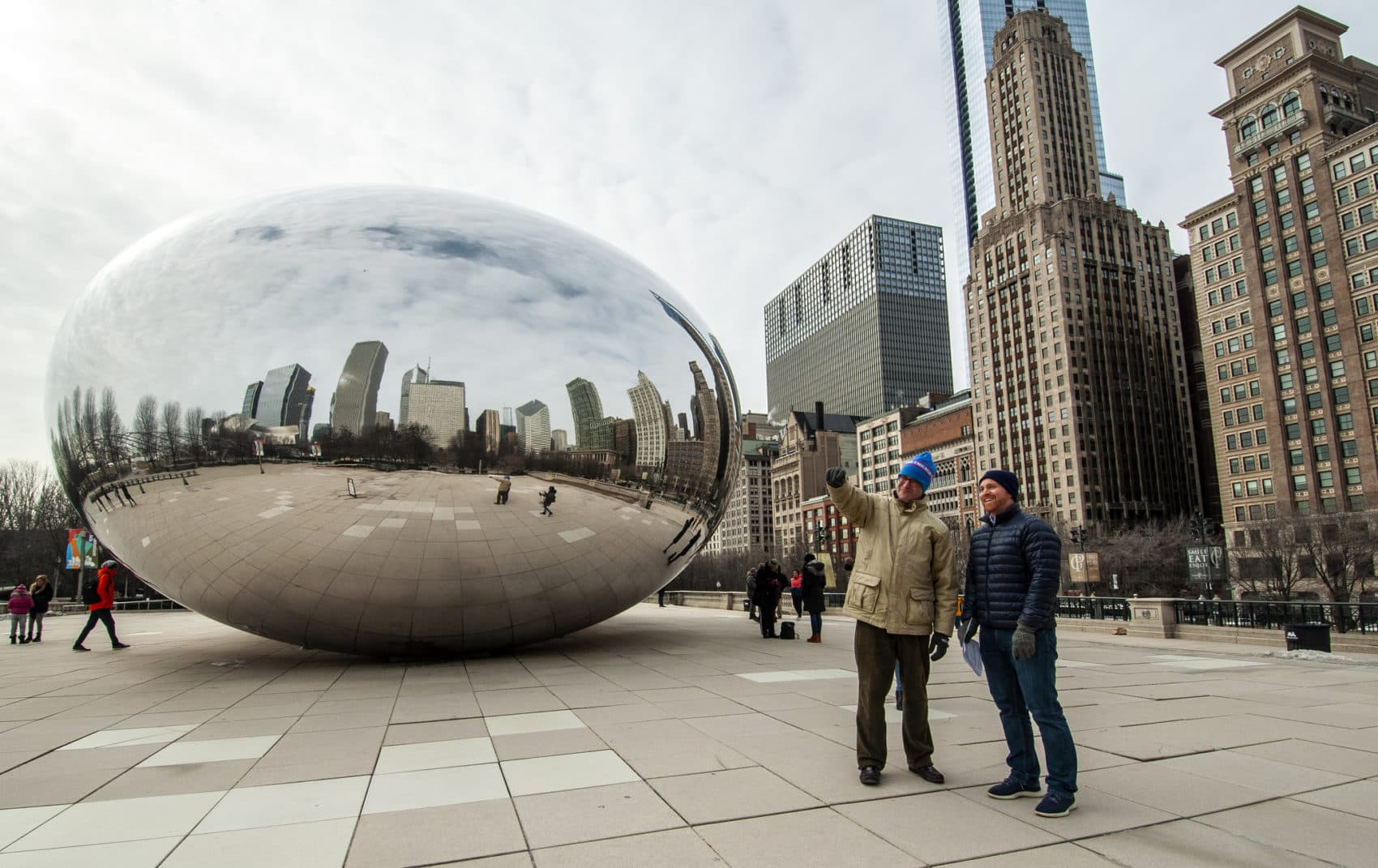
If you visit Chicago, you're likely to end up at "The Bean."
That's what most people call "Cloud Gate," a sculpture by Anish Kapoor that has become a favorite spot for tourists taking selfies. That’s because the Bean’s mirrored surface reflects back its admirers against a stately backdrop of the skyscrapers that line Millennium Park.
On a recent Monday morning at the Bean, the Chicago Tribune’s Pulitzer Prize-winning architecture critic Blair Kamin (@BlairKamin) says the Bean builds on Chicago’s legacy of modern design.
"I see possibility, I see contemporary technology used to make art, I see the clouds drawn down into this jelly bean-like polished mirrored surface where you can almost touch them. I just see wonder, and I see a new emblem of Chicago,” Kamin says. “It’s perfect for Chicago because it’s placed right at the foot of the skyline and so it reflects the great architectural achievements of the city, but in a way that you’ve never seen them before.”
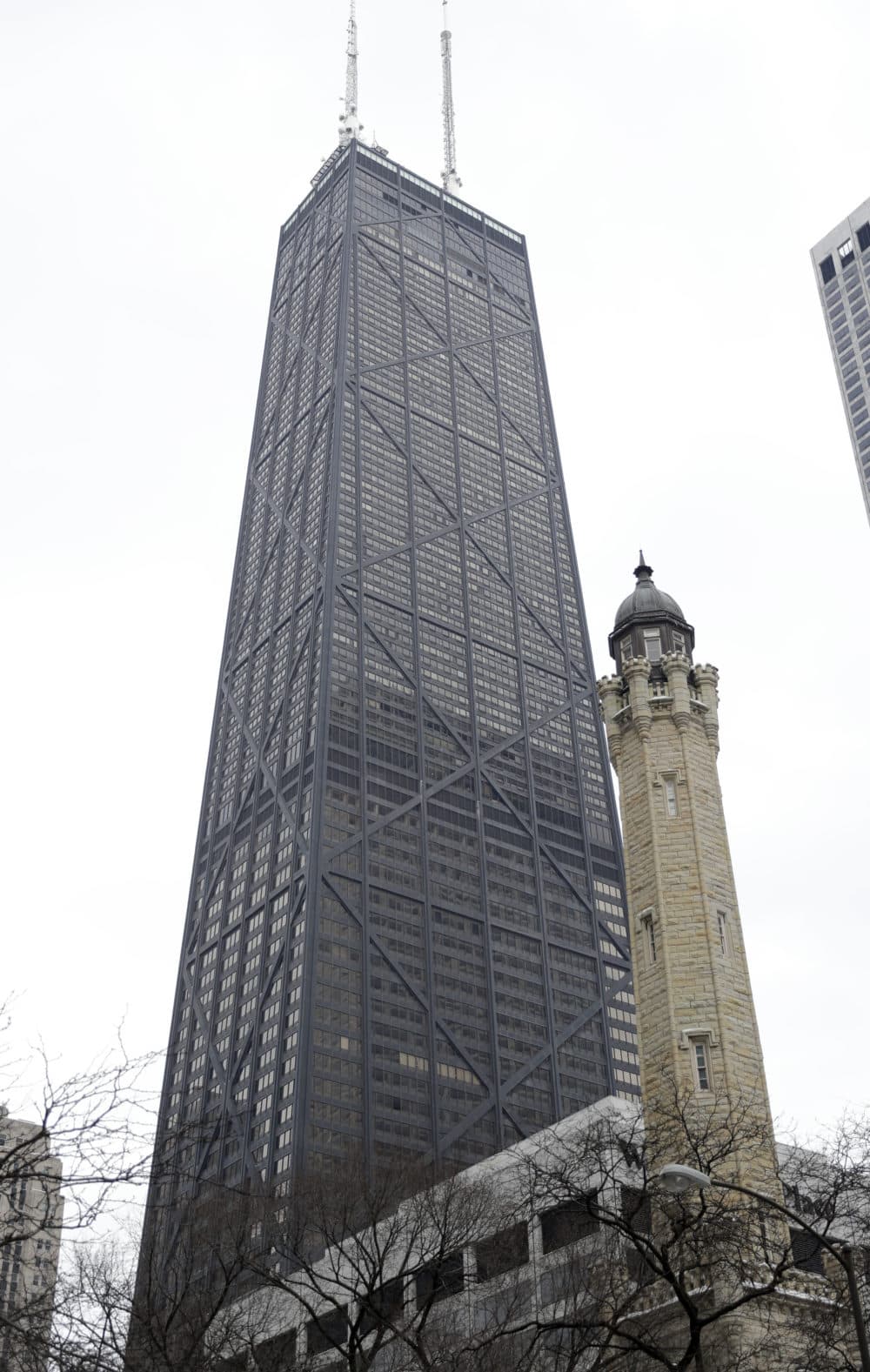
The steel sculpture looks lighter than air, but it weighs 110 tons, Kamin says, conveying an accessibility that belies the intense engineering that went into making it — not unlike the park itself where it sits. Millennium Park sits atop an old rail yard, and Kamin says it has become a “new town square” for a city that’s often divided by race and class. The Bean’s design fits into that tradition, too.
“It’s not the traditional public sculpture, the general on horseback, you know, the great white man. This is down on the ground, it’s participatory,” he says. “It’s a different type of architecture and public art.”
Another icon of Chicago that uses curves and digital design to reflect nature is the Aqua Tower, which opened in 2009. Designed by architect Jeanne Gang, Aqua “was imagined as a vertical landscape made up of hills, valleys, and pools,” according to its project page on Studio Gang’s website.
“It departs from the kind of macho, muscular expression that’s typical of Chicago,” Kamin says. “It has this very sensuous series of balconies that kind of wrap around it, and it’s almost like built topography. It was actually inspired by some of the limestone formations along the Mississippi River and other places in the Midwestern region.”
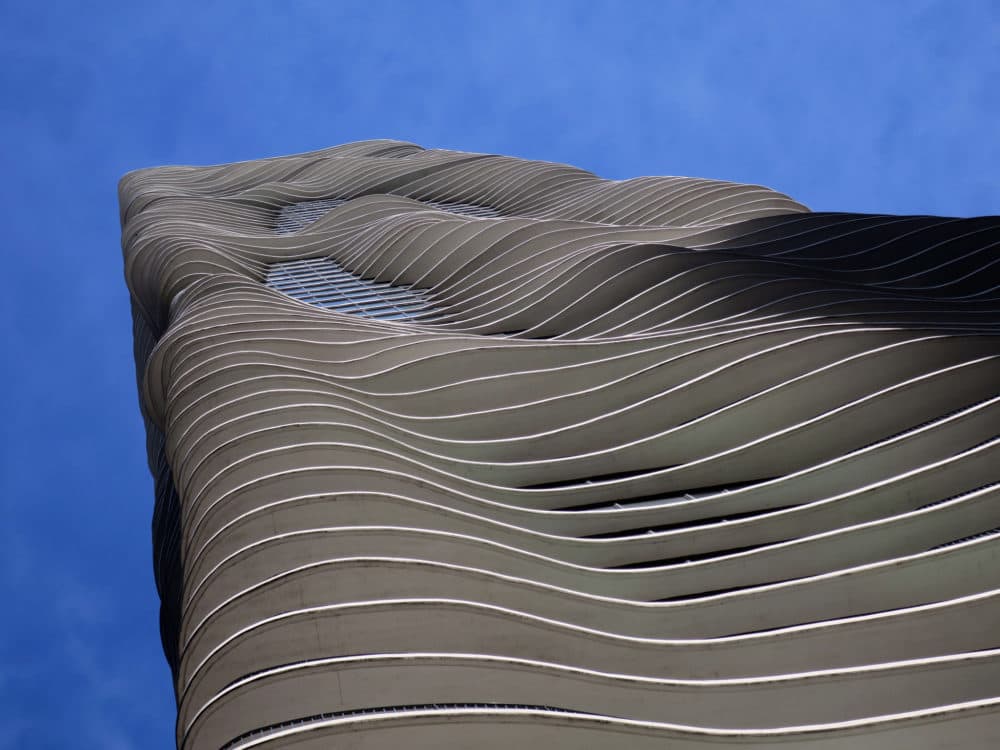
That's a departure from the tradition of modern architecture that made Chicago famous.
For that, Kamin says it's hard to find a better example than the building long known as the John Hancock Center, recently renamed 875 North Michigan Avenue.
"The hancock is just the essence of Chicago. It’s a truncated obelisk, so it doesn’t go up straight—it goes up 100 stories and it tapers inward as it rises.”
Kamin says it’s not just the shape that makes Hancock an emblem of modern design. Chicago’s skyscrapers have a tradition of expressing the underlying structures.
“The building has a series of x-braces that express the internal structure of this series of columns, x-braces and beams that hold the building up,” Kamin says. “By creating this tube structure they saved an enormous amount of money over a conventional steel-frame skyscraper. It’s kind of like what resulted from that was it went from reason into romance.”
For Kamin, the result is a design that resembles a “Prohibition-era gangster wearing a tuxedo.”
“It’s a great symbol of the city,” he says. “There's a blue collar aspect to it."
Another Chicago skyscraper that is decidedly not blue collar is the Lake Point Tower. Completed in 1968, its unusual Y-shaped plan was designed to maximize privacy for the building’s residents and give every unit a view of Lake Michigan, according to architect George Schipporeit.
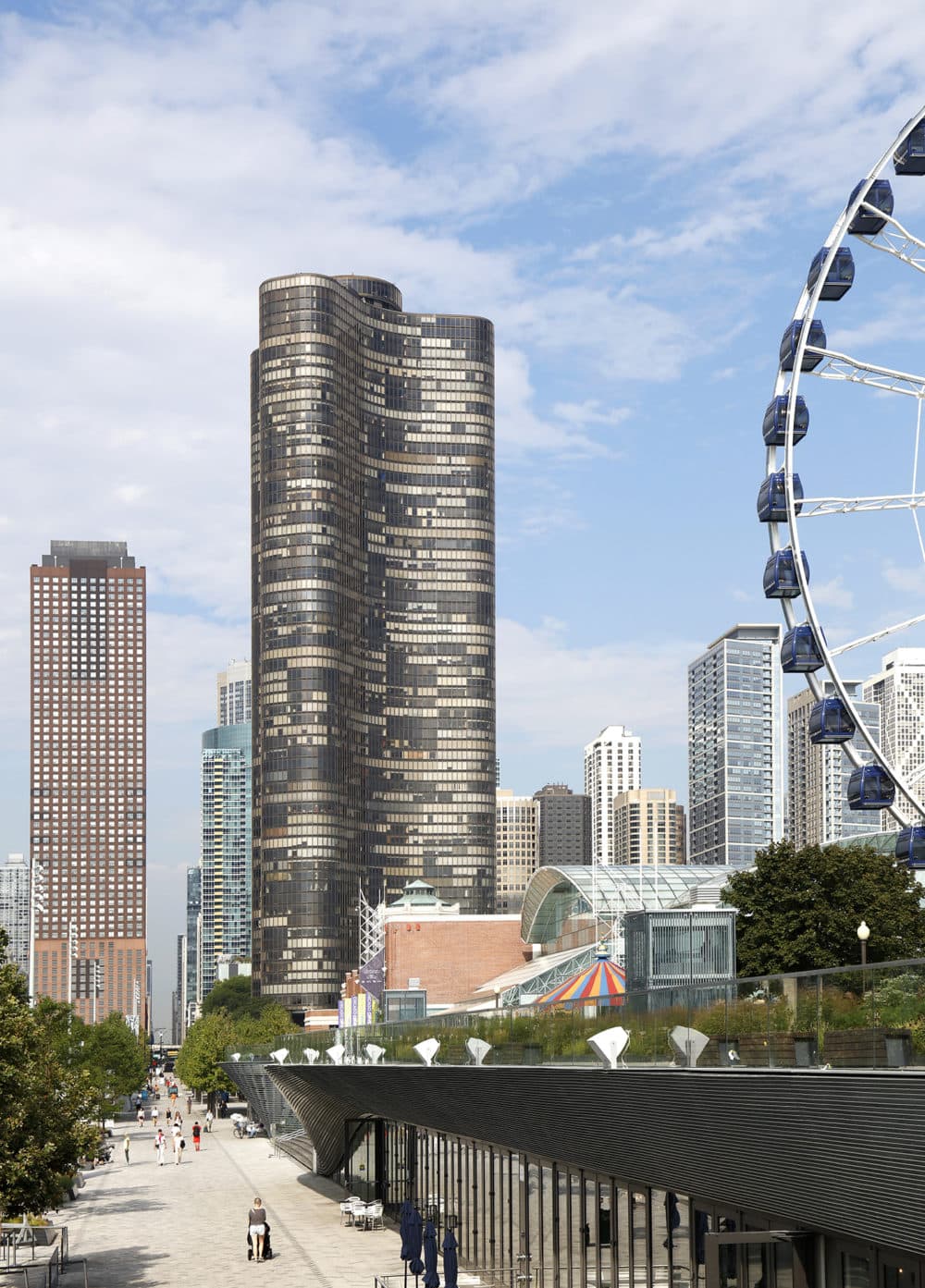
Like Aqua, the Lake Point Tower has a curved form that stands out against the right angles that typify Daniel Burnham's 1909 Plan of Chicago.
"The right angle is ubiquitous here, it's in the city grid … and that grid extends up vertically into the buildings. But Lake Point Tower departs from that. It’s a three-lobed building and it’s the only major building east of Lake Shore Drive,” Kamin says. “The whole idea here is that the lakefront, as Burnham said, by right belongs to the people. That’s one of the great things about Chicago, the democratic impulse of its architecture.”
While many of Kamin’s favorite buildings celebrate common people, there is one standout Chicago structure that draws on the old palaces and cathedrals of Europe: the neo-gothic Tribune Tower.
"It has flying buttresses, it has grotesques — those are gargoyle-like sculptures that signify the importance of freedom of the press — it has this gothic crown that stands out beautifully alongside the clock tower of the Wrigley Building," Kamin says.
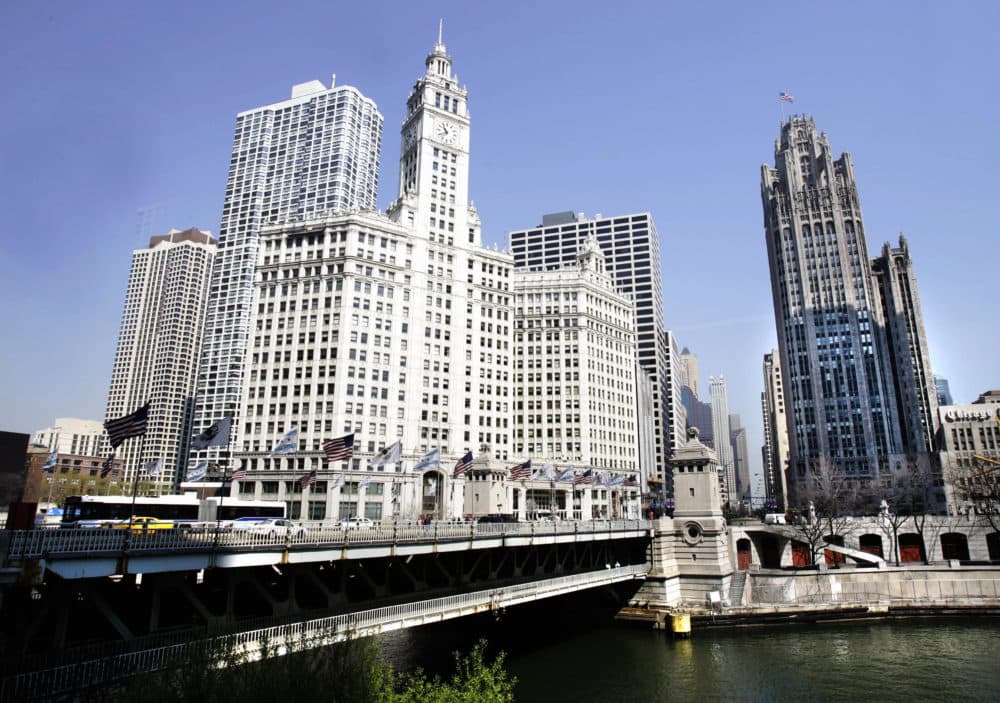
The Tribune Tower also symbolizes the evolution of Chicago’s skyline, Kamin says. After more than 90 years in what Kamin calls the newspaper’s “cathedral of commerce,” the staff of the Chicago Tribune moved out in 2018 to make room for pricey condos.
"That’s Chicago, it’s always changing,” he says. “The buildings exemplify the spirit, the energy, the ambition, the drive, the aspirations of the city. That’s why I think people care about them so much. They speak of what was as recently as less than 200 years ago this flat, barren, nothing settlement, essentially, and all of a sudden it's been transformed into this incredible global city."
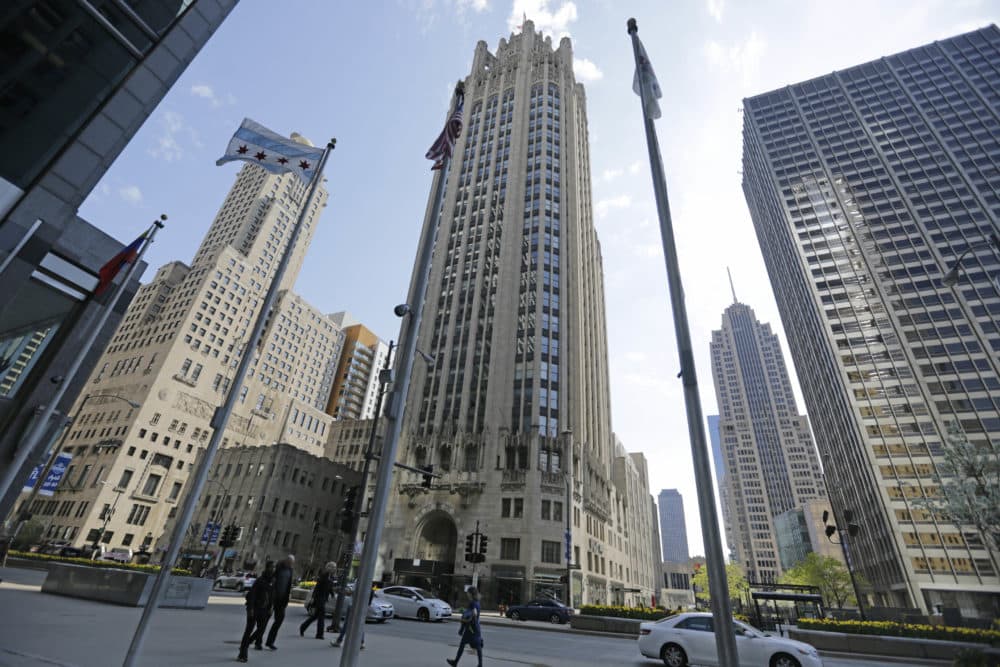
Chris Bentley and Marcelle Hutchins produced and edited this interview for broadcast with Kathleen McKenna. Samantha Raphelson adapted it for the web.
This segment aired on March 13, 2019.

